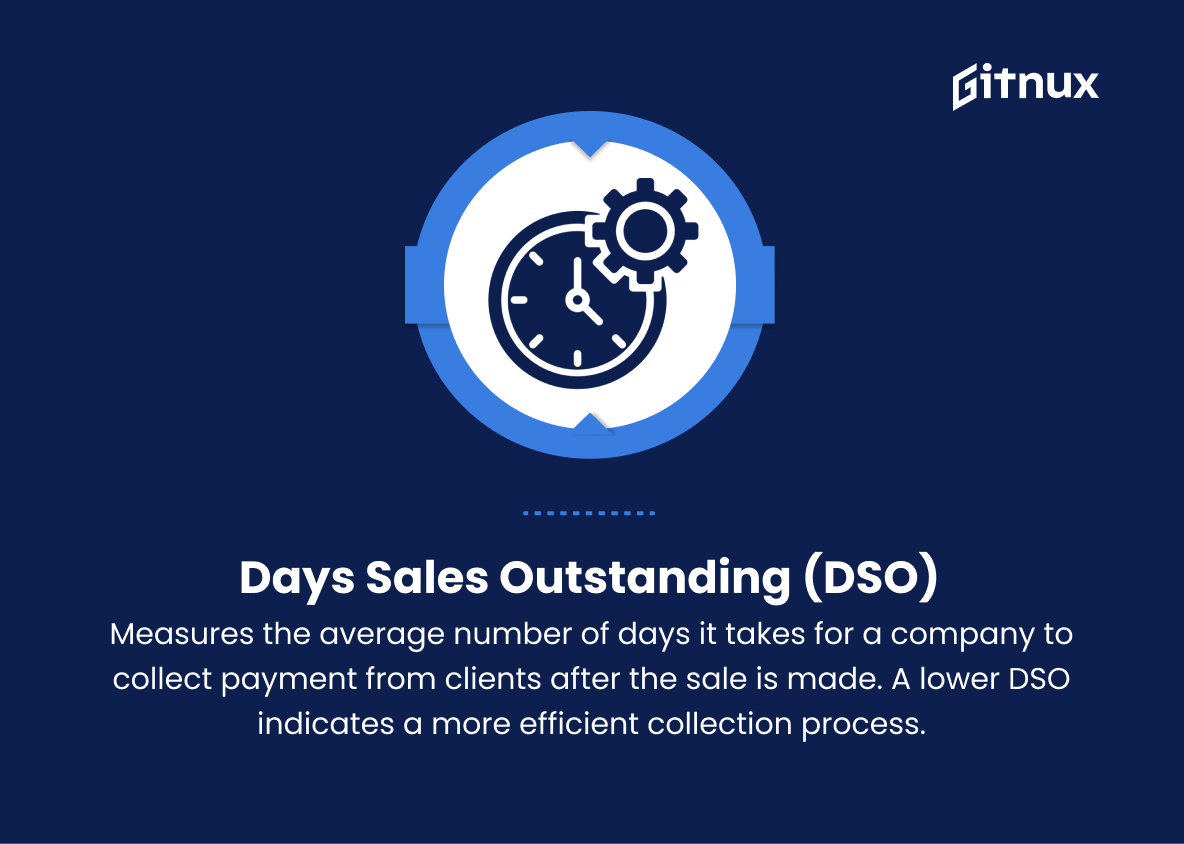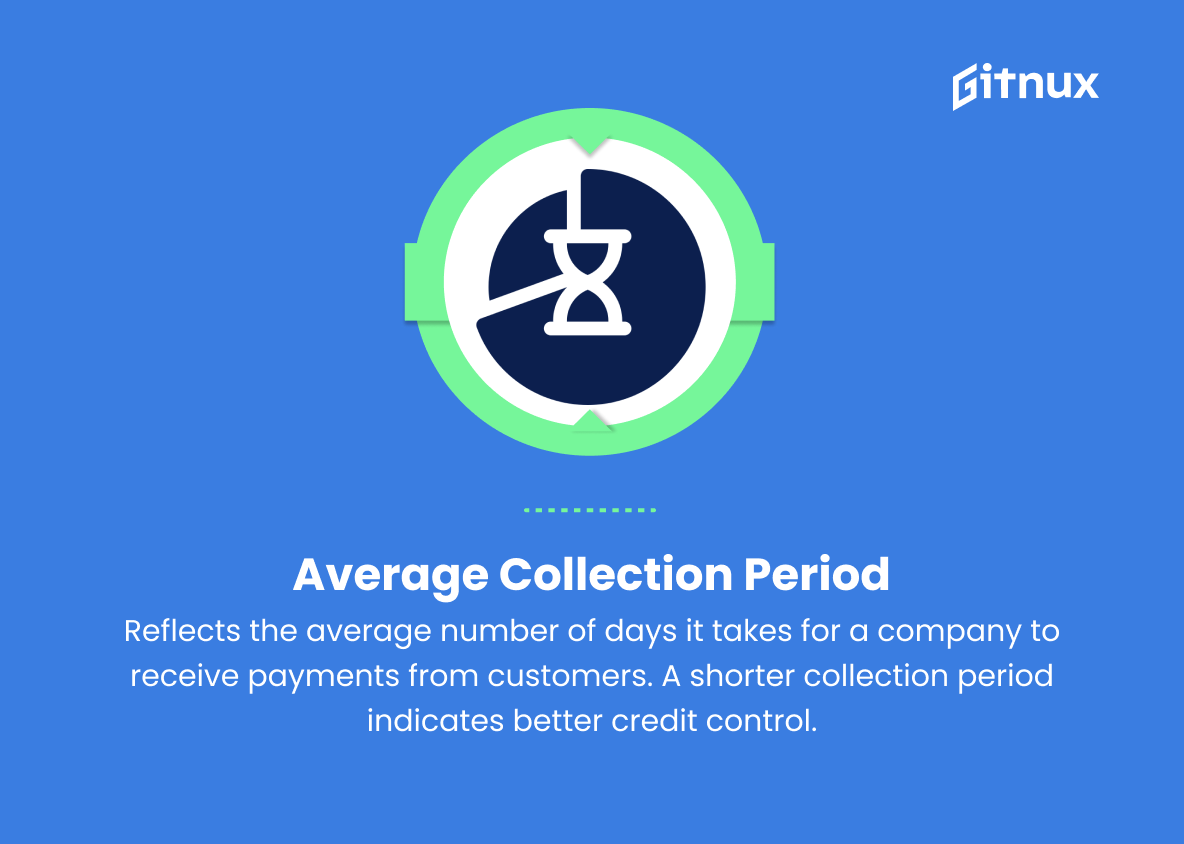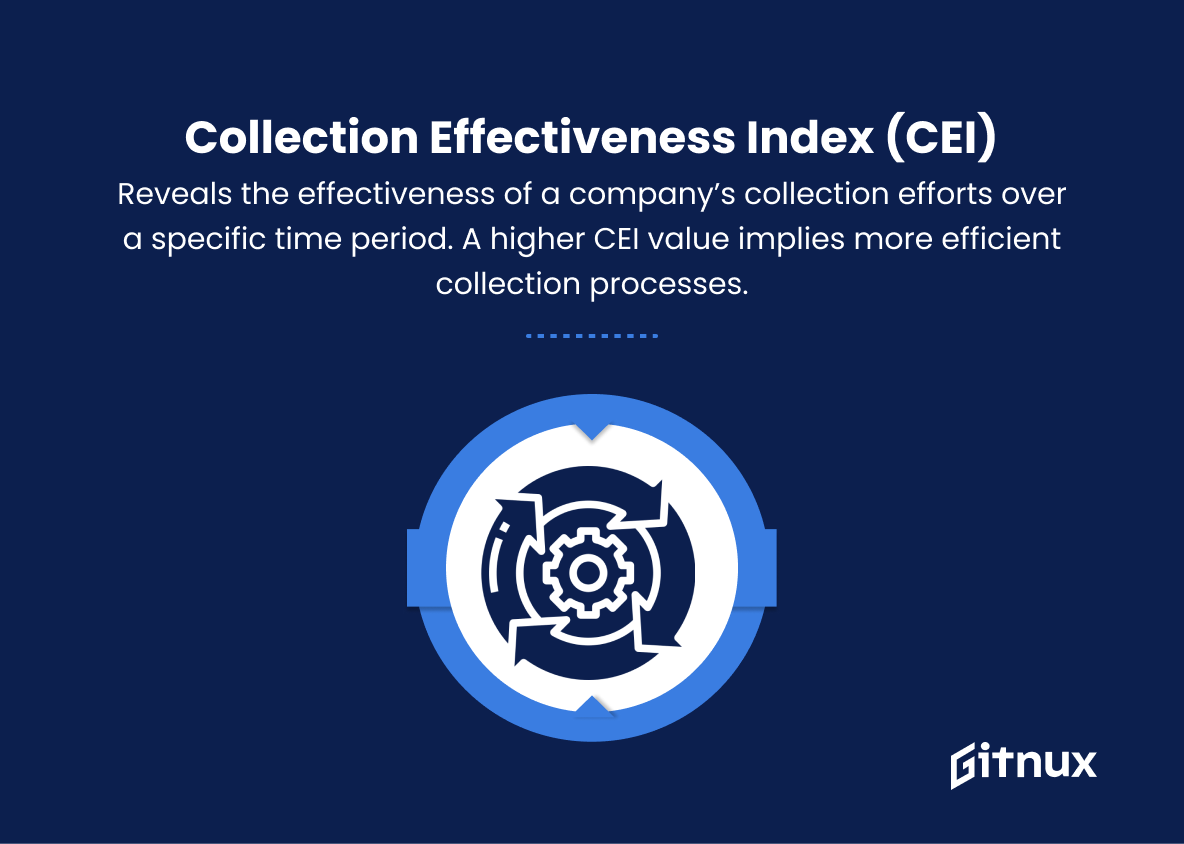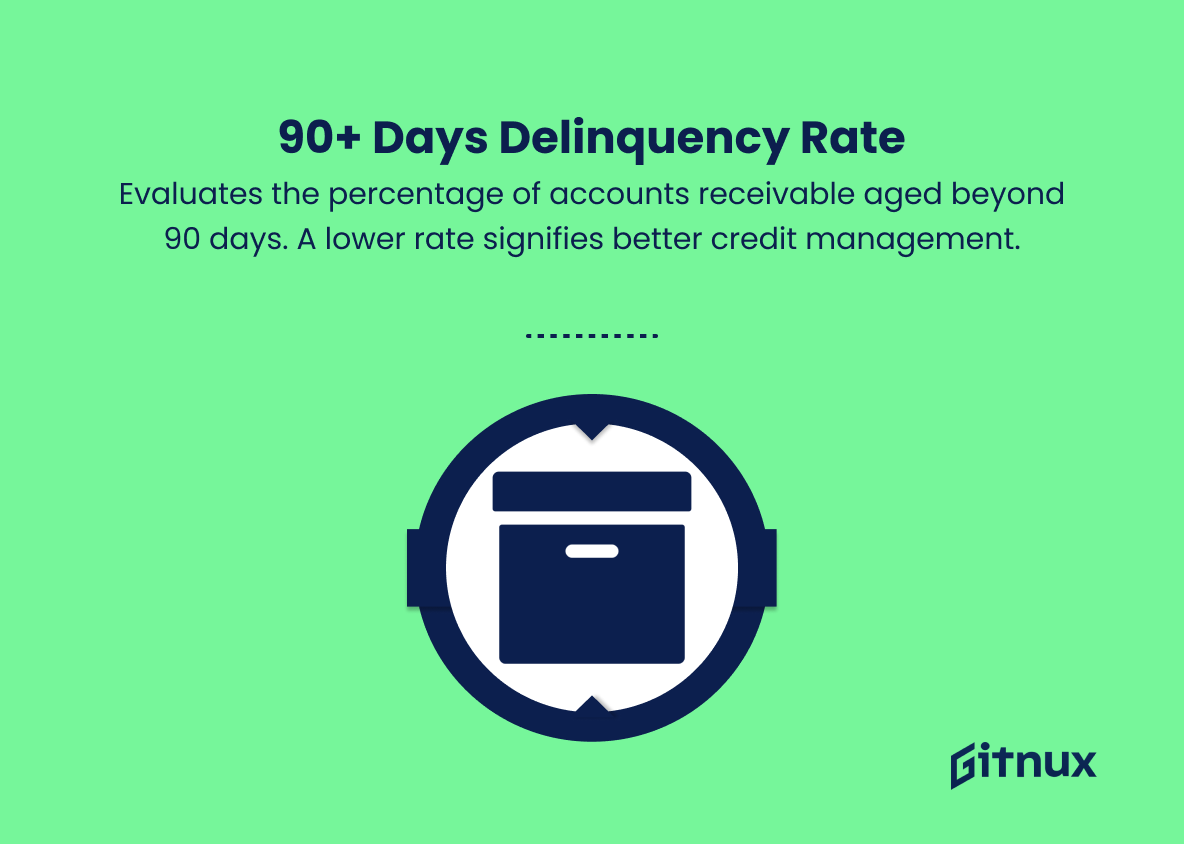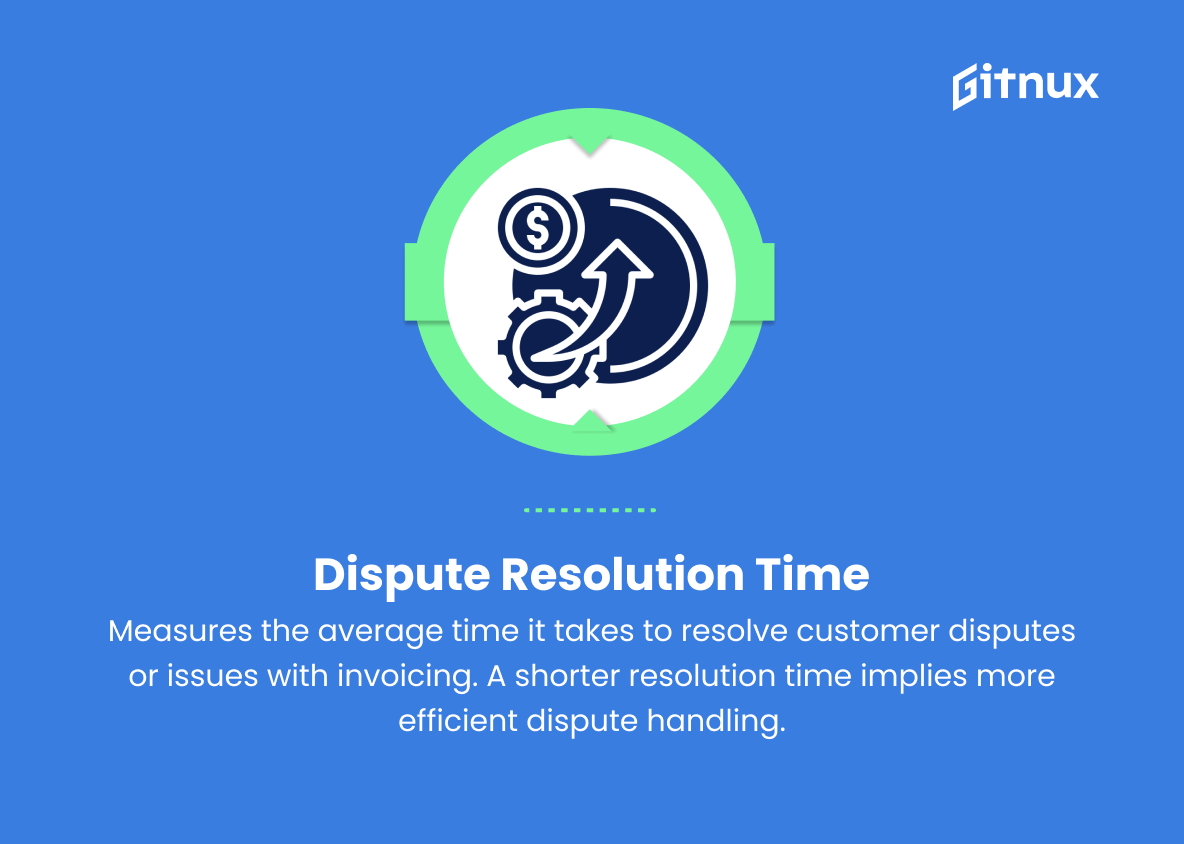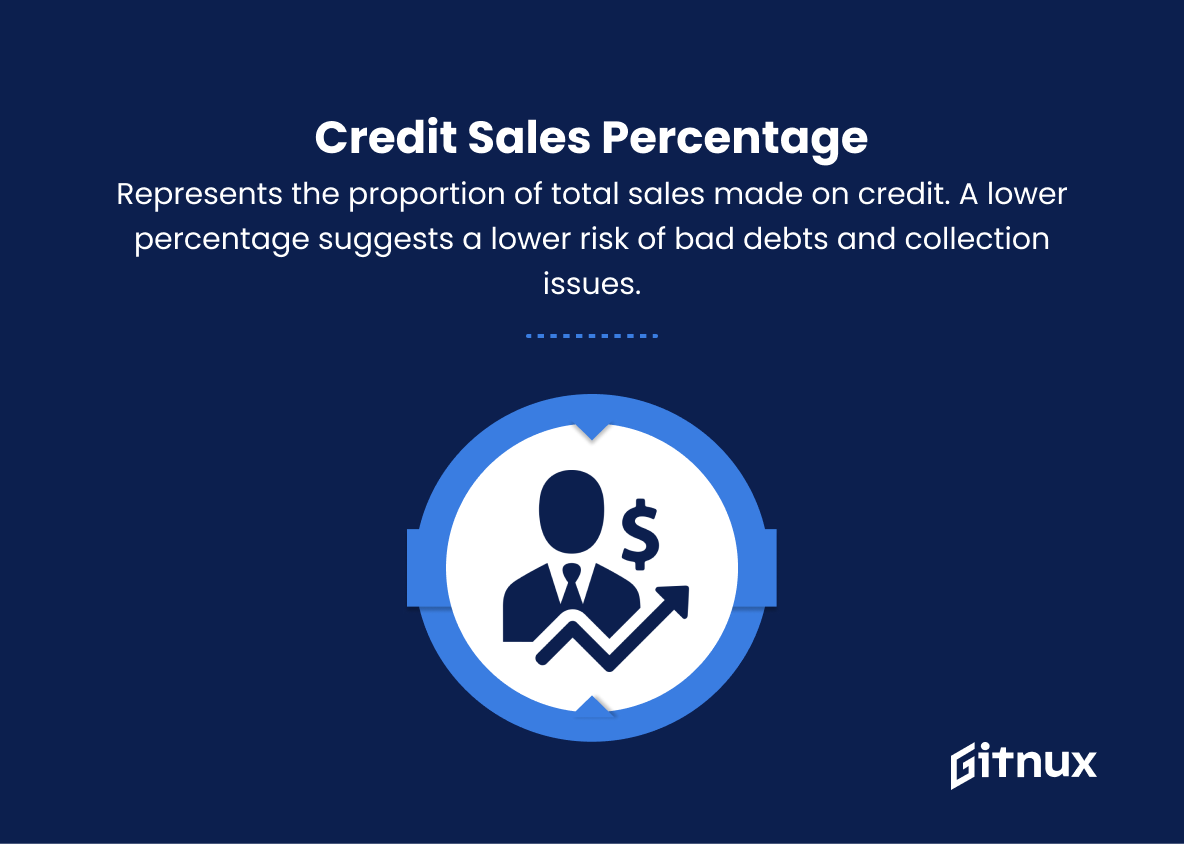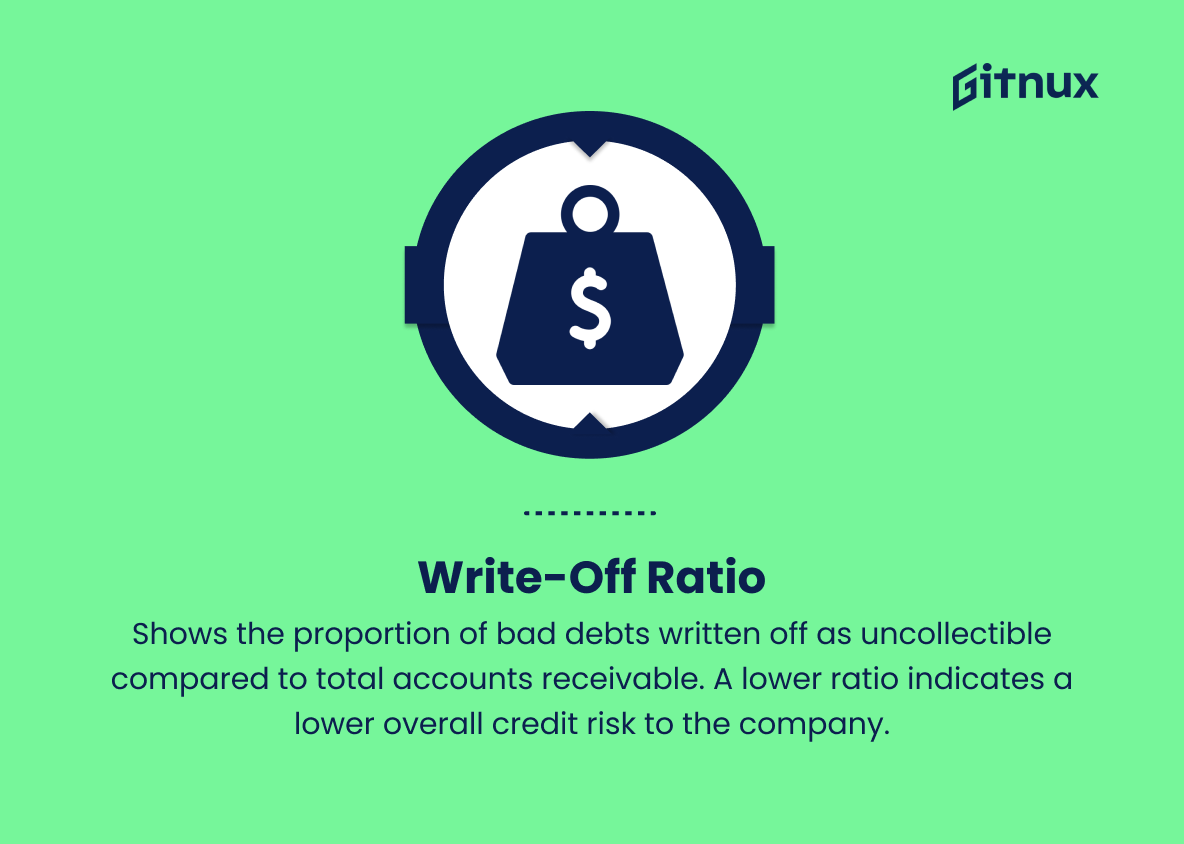In today’s fast-paced and competitive business landscape, maintaining a healthy cash flow and maximizing profits are crucial for the sustained growth and success of any organization. One essential aspect of financial management that plays a significant role in achieving these objectives is the effective monitoring and control of accounts receivable.
In this insightful blog post, we will delve deep into the world of Accounts Receivable Performance Metrics – key indicators that enable businesses to evaluate the efficiency of their credit and collection processes, identify potential areas for improvement, and ultimately, enhance overall financial performance. As we unpack the significance and impact of these essential metrics, you will gain an in-depth understanding of their applicability and use in optimizing your financial management strategies, safeguarding your organization’s bottom line, and promoting long-term stability.
Accounts Receivable Performance Metrics You Should Know
1. Days Sales Outstanding (DSO)
Measures the average number of days it takes for a company to collect payment from clients after the sale is made. A lower DSO indicates a more efficient collection process.
2. Accounts Receivable Turnover (ART)
Evaluates how effectively a company manages its credit sales and collections. A higher ART indicates better credit management.
3. Average Collection Period
Reflects the average number of days it takes for a company to receive payments from customers. A shorter collection period indicates better credit control.
4. Collection Effectiveness Index (CEI)
Reveals the effectiveness of a company’s collection efforts over a specific time period. A higher CEI value implies more efficient collection processes.
5. Bad Debt to Sales Ratio
Indicates the percentage of credit sales that result in bad debts or uncollected amounts. A lower ratio signifies better credit risk management.
6. Percentage of Overdue Receivables
Shows how much of the total accounts receivable balance is overdue for payment. A lower percentage indicates a more effective collections process.
7. Accounts Receivable Aging
Categorizes receivables according to their age (such as 0-30 days, 31-60 days, and so on). This helps to identify potential uncollectible accounts and assess credit risk.
8. 90+ Days Delinquency Rate
Evaluates the percentage of accounts receivable aged beyond 90 days. A lower rate signifies better credit management.
9. Dispute Resolution Time
Measures the average time it takes to resolve customer disputes or issues with invoicing. A shorter resolution time implies more efficient dispute handling.
10. Credit Sales Percentage
Represents the proportion of total sales made on credit. A lower percentage suggests a lower risk of bad debts and collection issues.
11. Write-off Ratio
Shows the proportion of bad debts written off as uncollectible compared to total accounts receivable. A lower ratio indicates a lower overall credit risk to the company.
12. Past Due Ratio
Compares overdue receivables to the total amount of credit granted. A lower past due ratio indicates better credit management and lower risk.
13. Accounts Receivable to Sales Ratio
Demonstrates how much outstanding credit sales have accumulated in comparison to the total sales amount. A lower ratio indicates better credit and collection management.
Accounts Receivable Performance Metrics Explained
Accounts Receivable Performance Metrics are essential in assessing a company’s effectiveness in managing its credit sales, collections processes, and overall credit risk. Metrics such as Days Sales Outstanding (DSO), Accounts Receivable Turnover (ART), and Average Collection Period provide insight into the efficiency of a company’s collections process and credit control, while Collection Effectiveness Index (CEI) showcases the efficacy of collection efforts. The Bad Debt to Sales Ratio and Percentage of Overdue Receivables are indicators of credit risk management and collection efficiency, respectively.
Meanwhile, Accounts Receivable Aging and 90+ Days Delinquency Rate help identify potential uncollectible accounts and assess credit risk management. Dispute Resolution Time, Credit Sales Percentage, Write-off Ratio, Past Due Ratio, and Accounts Receivable to Sales Ratio all contribute to understanding the efficiency of a company’s dispute resolution, credit risk levels, and overall credit management. By monitoring and evaluating these metrics, companies can make informed decisions to enhance their credit and collection processes, ultimately improving their bottom lines and reducing financial risks.
Conclusion
In conclusion, accounts receivable performance metrics are crucial to the success and financial health of any business. By regularly monitoring these key performance indicators, companies can identify areas that require improvement, streamline operations, and ensure a well-maintained cash flow.
With a strong grasp of these metrics, including DSO, CEI, and Collection Effectiveness, businesses can optimize their accounts receivable processes, reduce bad debt expenses, and boost overall profitability. To achieve long-term financial stability, organizations must prioritize a comprehensive and proactive approach to accounts receivable management, leveraging these performance metrics as valuable tools for sustaining growth and success.
